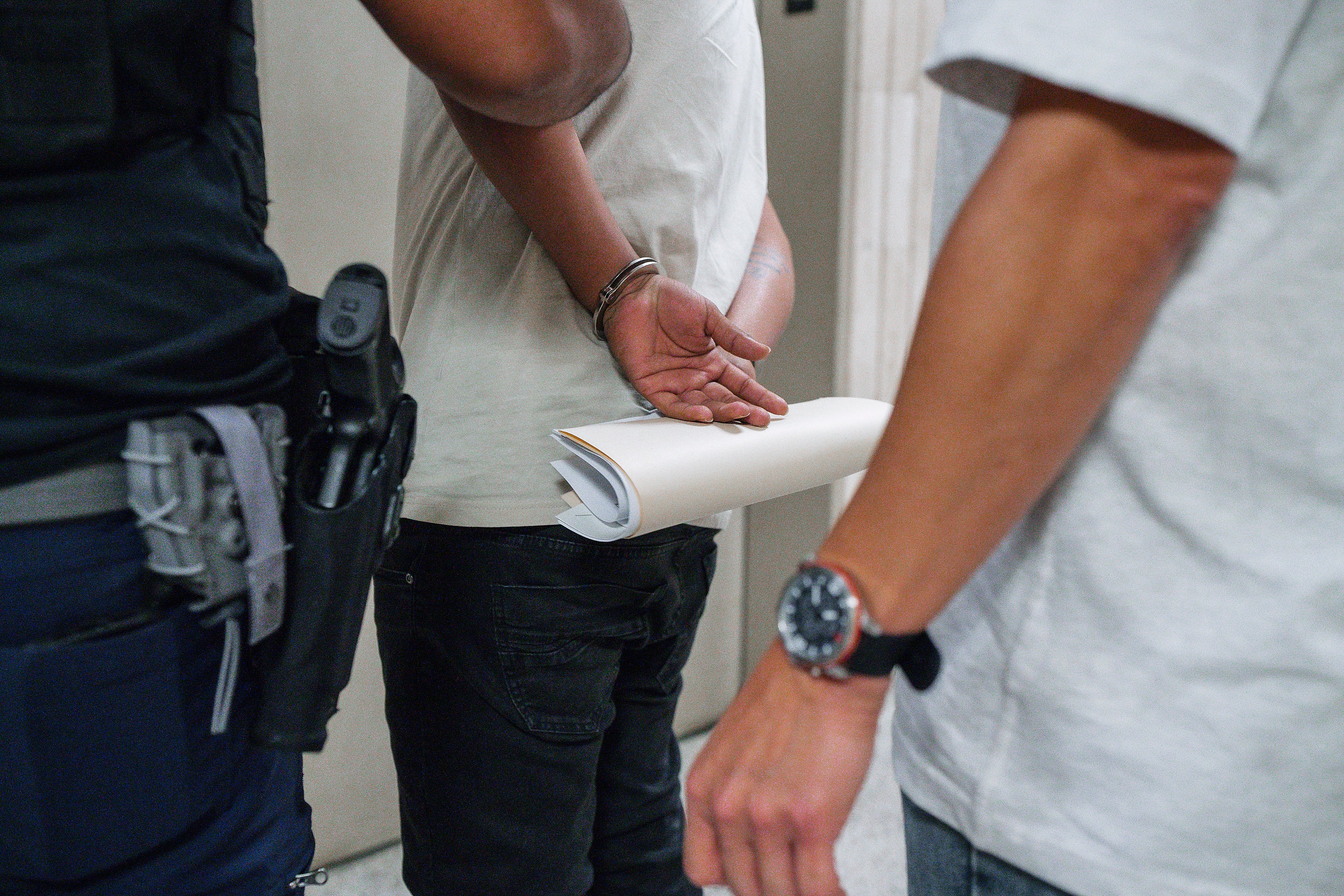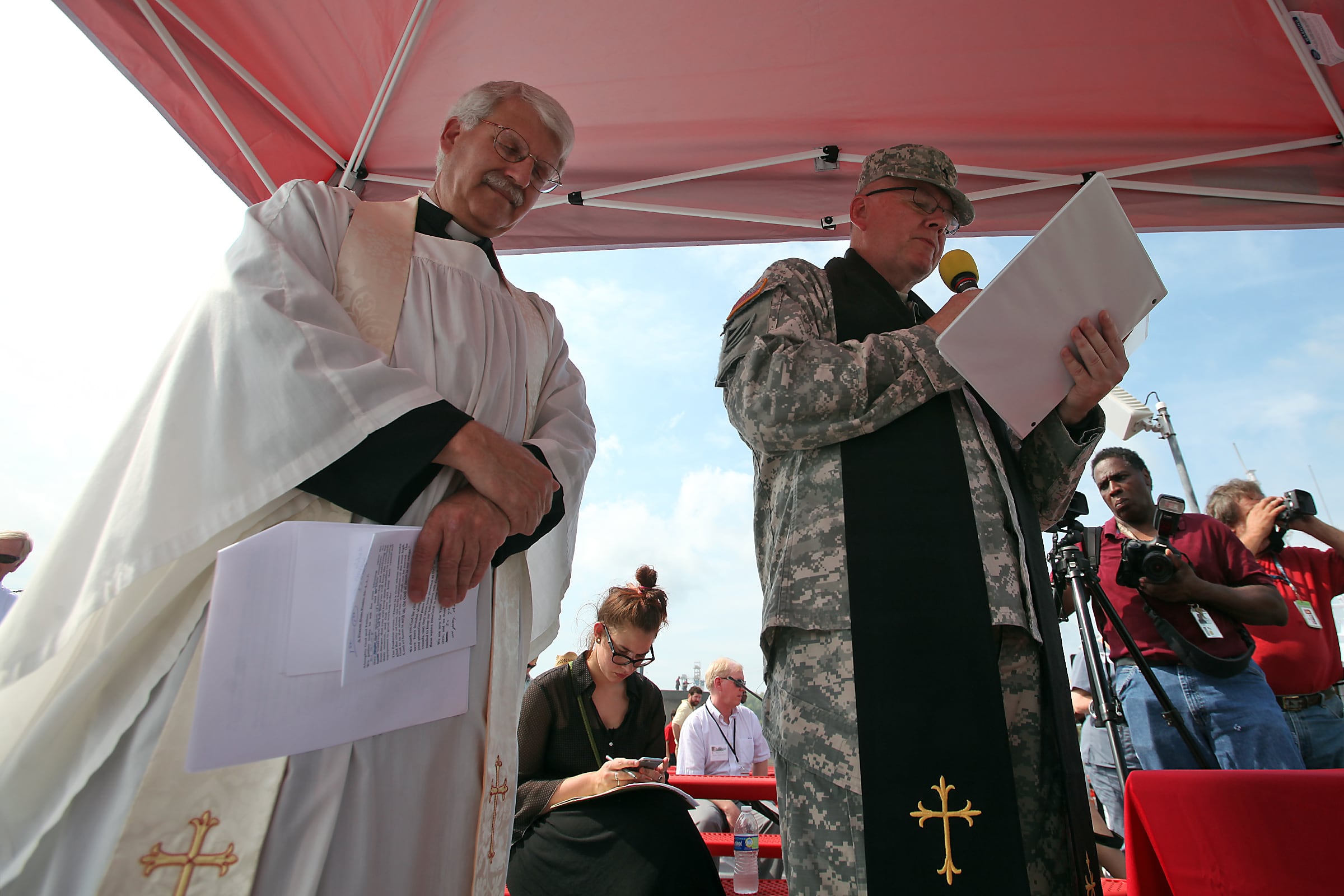The Navy is extending its incentives for getting junior sailors to volunteer for more time at sea.
The unusual program isn't offering any extra money or other traditional perks. Instead, the Navy is offering a chance to stay in the service for sailors who might otherwise be forced out of the Navy under the up-or-out rules that require sailors to earn promotion on a set timeline.
For sailors who voluntarily extend, they will get more time in uniform, more opportunity to advance and improve their chances to re-up for shore duty once their extensions are over.
The offer comes as the service faces a growing manning shortage in sea-duty billets that threatens near-term readiness.
The initial deadline for volunteers was set for Feb. 28 and Navy officials say it was a success, drawing more than 1,000 volunteers.
But Navy personnel officials still need more sailors to step up and help fill near-term gaps at sea. That why they have extended the offer through the end of December, hoping more junior sailors will volunteer.
"We are concerned about the potential impact on future fleet manning if we don't take proactive action to keep more sailors at sea to finish their first sea tours and thus avoid a significant decline in fit and fill," said Lt. Cmdr. Nathan Christensen, a spokesman for the chief of naval personnel.
The extension comes after Master Chief Petty Officer (IW/SG/SW) Steven Giordano told Congress that the shortage was a top concern.
"We are using a wide range of available options to mitigate the projected drop in sea duty fill, including increasing FY17 enlisted accessions, extending sea tours, and assigning reserve sailors to fill sea duty billets," Giordano said in his written testimony to Congress on Feb. 14.
Currently there are 3,898 unfilled billets at sea, which is more than double the roughly 1,800 open billets in 2015, said Navy officials.
As of Feb. 24, the Navy had approved a total of 1,036 extension requests and the average extension length increase was about 15.3 months, Christensen said. Navy officials say there are no quotas or target numbers for how many sailors want to apply for the program.
There are about 6,000 junior sailors eligible for the extensions. The target audience is rating-designated, first-term sailors, primarily those in the most sea-intensive ratings who are also in year groups 2012 and 2013. A year group is the fiscal year in which the sailor entered active duty.
Those year groups are unique because the service took in unusually large cadres of recruits. The reason the Navy did that was to make up for a gap at the time that was created by cutting too many sailors during the most recent draw down.
In normal years, the Navy recruits an average of 33,000 new sailors to maintain the force, but that jumped to more than 36,000 in fiscal year 2012 and more than 40,000 in 2013.
The problem is that sailors generally enlist for four years, even though initial sea tours for many of these sailors can be up to six years, meaning many sailors complete their first term of enlistment before their sea duty tour is over.
Couple that with the fact that it can take up to a year or more for many to get through training and to their first commands.
As of Feb 17, 2017, there were approximately 264,000 enlisted sailors on active duty. Of those, 135,573 were on sea duty and another 94,398 serving in shore billets. The remaining 34,048 or so are mostly sailors in a training, transit or limited-duty status.
The Navy is trying to fill some of the emerging shortage with new recruits by increasing the 2017 accession goal from 32,000 to 34,200. "We did this in response to manning gaps in the fleet, not as a result of the new [budget]," Christensen said.
The Navy is getting a boost in 2017 from the budget as the service must finish the year at an end strength of 323,900 — 1,000 more people than those that currently serve in the Navy.
And the possibility exists to increase recruiting more in the coming months, but the service would like to avoid it, preferring instead to entice more first-term enlisted sailors to stay in and stay at sea for their full tours.
Ratcheting up recruiting numbers this year would, in effect, kick the can down the road another four years and create another manning bubble when those first-term sailors complete their initial contracts.
Also, Christensen said, the service is quite reluctant to extend sailors involuntarily at sea, though some of that has happened, it's only used for the most critical billet fills.
"The Navy has had the authority to extend sailors' [rotation dates] plus or minus six months since 2014," Christensen said. "That authority has been used for the past three years in small numbers."
The Navy is also using the Navy Reserve volunteers to fill some gaps at sea too.
"Currently there's 792 selected reservists mobilized or assigned to temporary active duty status on sea duty and an additional 1,779 on shore duty," Christensen said.
Mark D. Faram is a former reporter for Navy Times. He was a senior writer covering personnel, cultural and historical issues. A nine-year active duty Navy veteran, Faram served from 1978 to 1987 as a Navy Diver and photographer.





